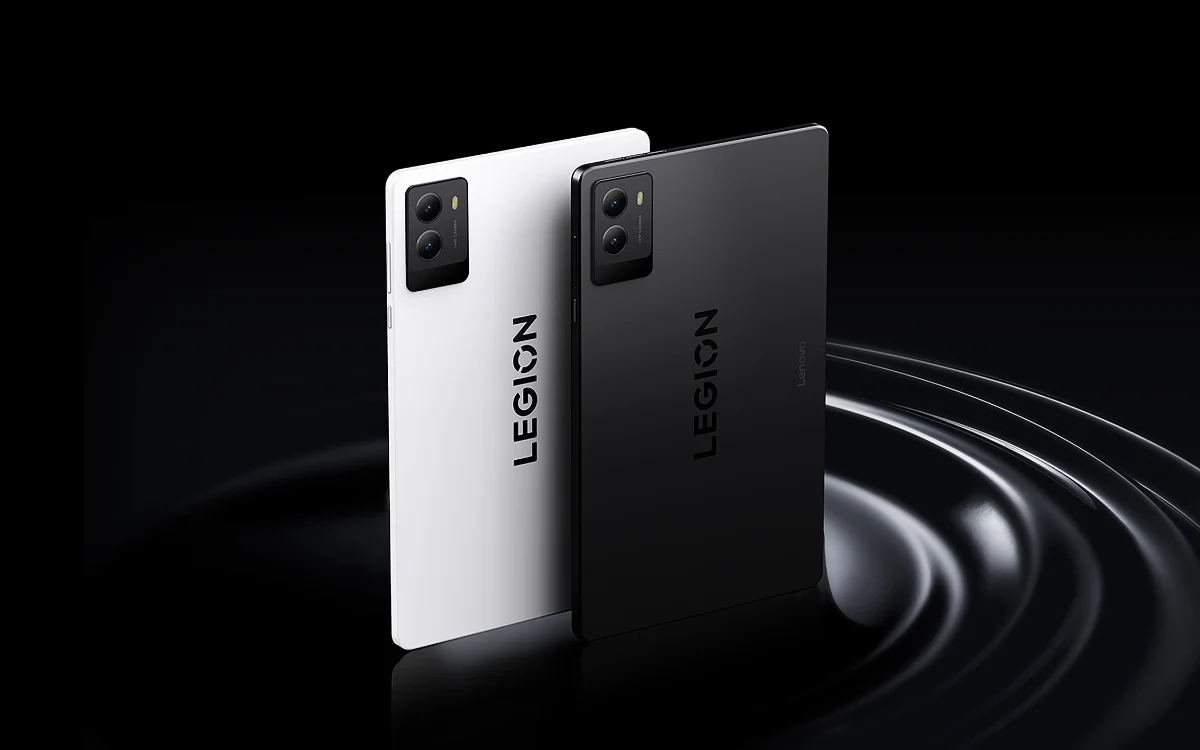Key Takeaways
1. Lenovo is developing the Legion Tab 2025, an updated version of the Legion Y700 (2024), featuring Qualcomm’s Snapdragon 8 Elite chipset.
2. The new tablet will maintain an 8.8-inch display size, likely with a high refresh rate of 144Hz or 165Hz, and a bigger battery than the current 6,550mAh.
3. Enhanced design elements include dual speakers, dual X-axis vibration motors, and a sleeker overall look.
4. The current Legion Y700 (2024) boasts impressive specifications, including a 2560×1600 LCD display, Snapdragon 8 Gen 3 chipset, and advanced cooling mechanisms.
5. Lenovo’s Legion Go S competes with the Steam Deck OLED at a similar price point, offering unique features like Hall effect joysticks and adjustable triggers.
Lenovo is said to be developing a new iteration of its gaming tablet, the Legion Y700 (2024), dubbed the Legion Tab 2025, as hinted by the well-known tipster Digital Chat Station. This updated version is likely to swap the Snapdragon 8 Gen 3 chipset found in the 2023 model for Qualcomm’s Snapdragon 8 Elite.
Enhanced Features and Design
The new tablet will keep the 8.8-inch display size with a high refresh rate, probably around 144Hz or 165Hz, and will have a bigger battery compared to the previous model’s 6,550mAh. Additionally, it will have a sleeker design, dual speakers, and dual X-axis vibration motors. However, the exact details regarding the battery are still not confirmed. To get an idea of what the new Lenovo tablet might offer, we can look at its predecessor, the Legion Y700 (2024).
Specifications of the Current Model
The existing Legion Y700 (2024) features an 8.8-inch 2560×1600 LCD display that runs at a 165Hz refresh rate, with a density of 343 PPI, 500 nits brightness, and certifications from TÜV Rheinland for eye comfort. The upcoming model is anticipated to keep most of these features, including support for the DCI-P3 color gamut and DeltaE<1 color precision.
Equipped with the Snapdragon 8 Gen 3, the Y700 comes with LPDDR5X RAM, UFS 4.0 storage, and Lenovo’s QianKun cooling mechanism that includes a vapor chamber of 10,004mm². It also integrates Lenovo’s Lingjing Engine to reduce both touch and network latency. The device boasts dual USB-C ports, dual X-axis linear motors, and dual ultra-linear speakers, which all contribute to a more immersive gaming experience. It weighs 350g, operates on ZUI 16.1, and has a 6,550mAh battery that allows for 14.6 hours of video playback or 8.9 hours of gaming.
Competing in the Market
Moreover, Lenovo’s Legion Go S is currently available for $549.99, which positions it as a direct competitor to Valve’s Steam Deck OLED. While it shares the same price point as the OLED version, it brings additional features such as Hall effect joysticks, adjustable triggers, and a display with a variable refresh rate.
Source:
Link



Leave a Reply